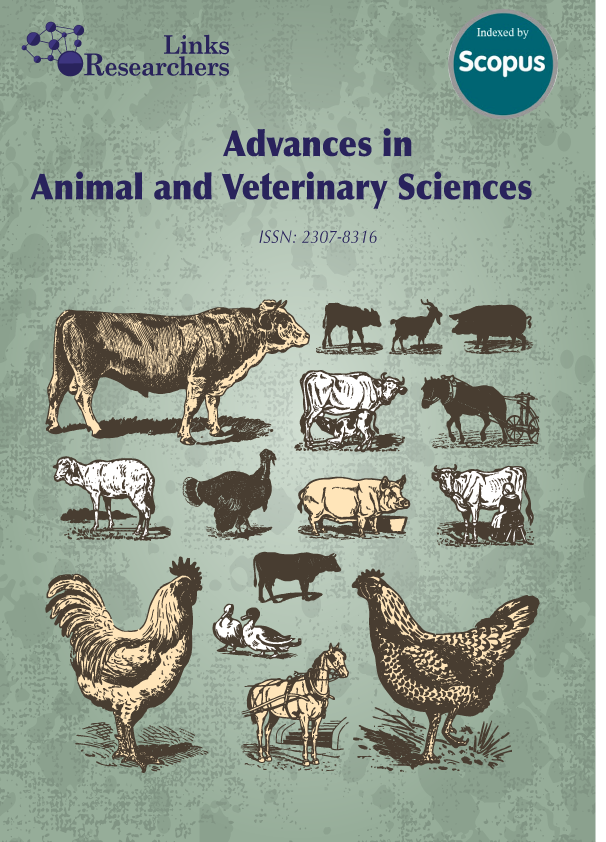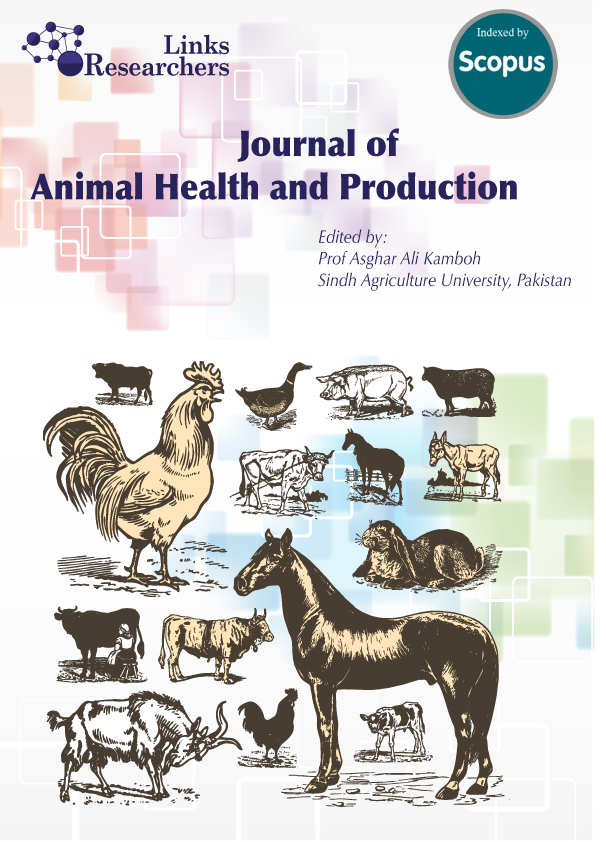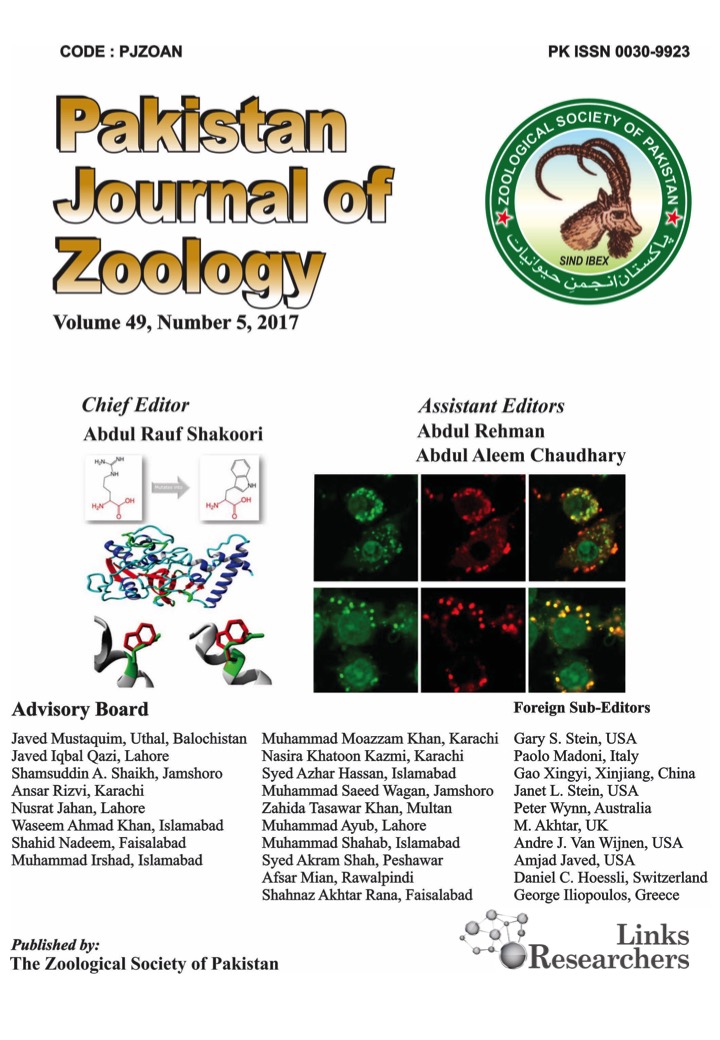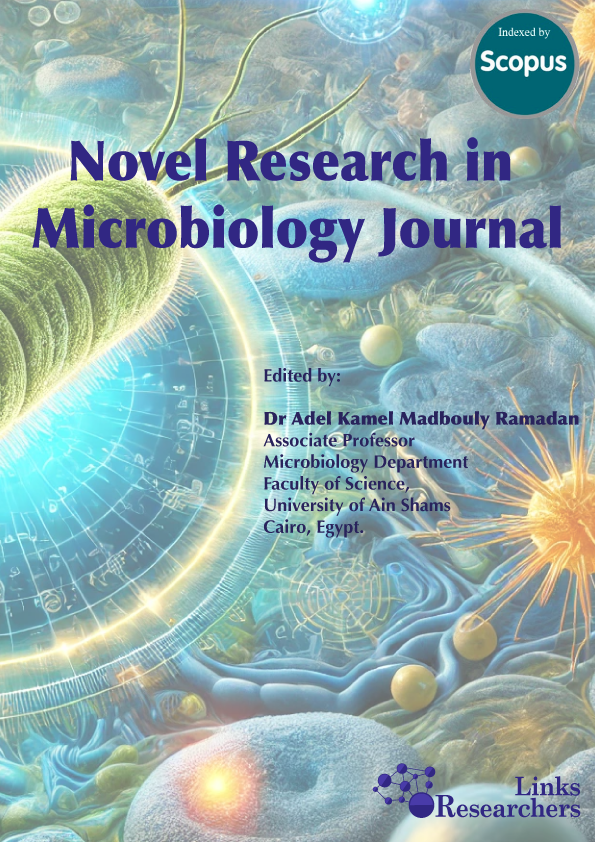Alsi Dara Paryuni1, Soedarmanto Indarjulianto2, Tri Untari3 and Sitarina Widyarini4*
Veronica Ngozi Emenuga1, Clara Idara Eleazar2*, Seto Tunrayo Aladenika1
Keywords | Mycoses, Cattle, Milk, Antifungal, Dermatophytes.
...Saima Rubab1,3*, Ghazala H Rizwani2, Arjumand Iqbal Durrani3, Iram Liaqat4*, Urooj Zafar5, Mahjabeen6, Farah Batool7, Noor-E- Seher3, Naveera Younas3 and Ayesha Sadiqa8
Eze, E.M.1*; Ezebialu, C.U.2; Unegbu, V.N.3; Nneji, I.R.4
Ungo-kore, H.Y1*; Ibrahim, Y.K.E.2; Tytler, B.A.2





